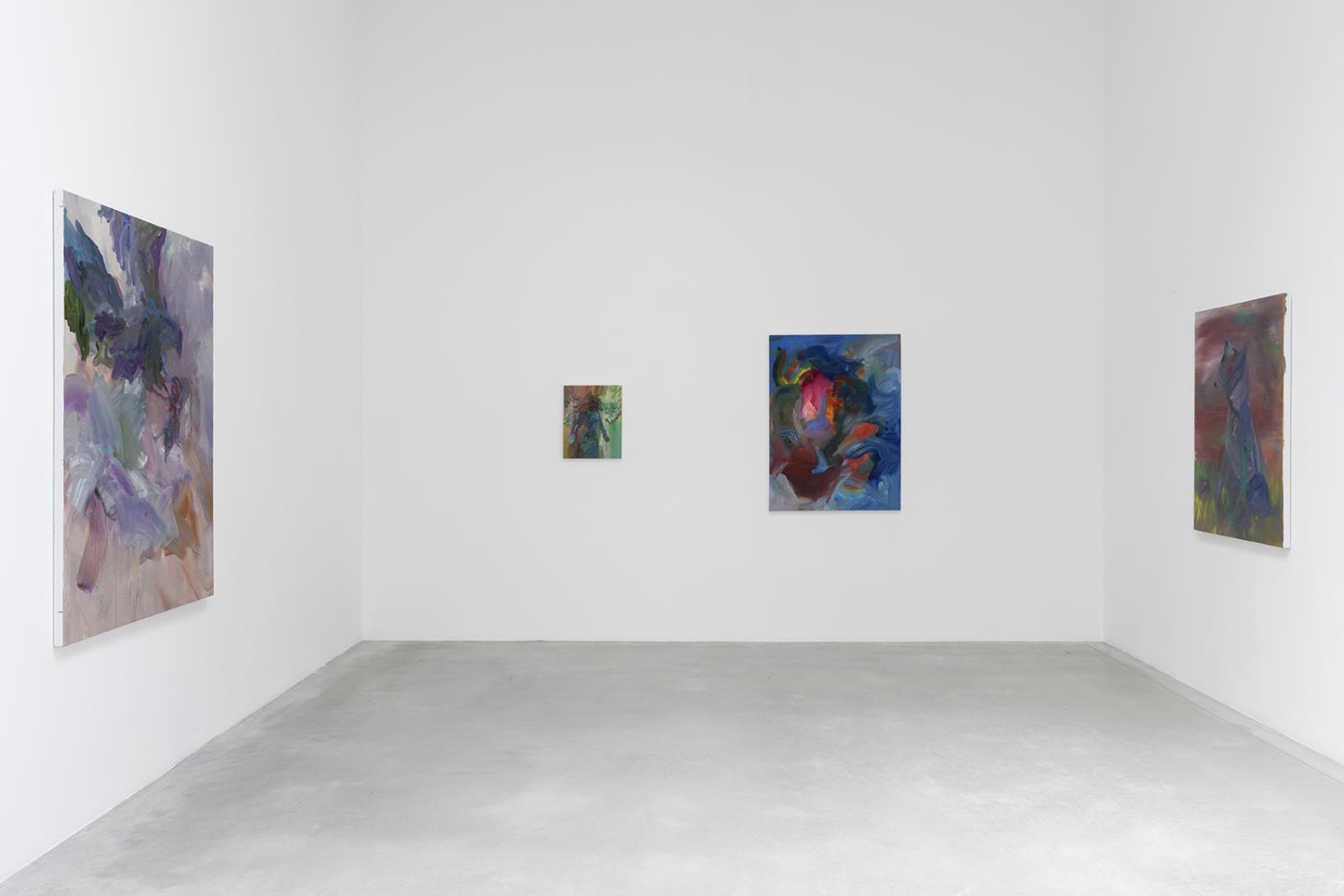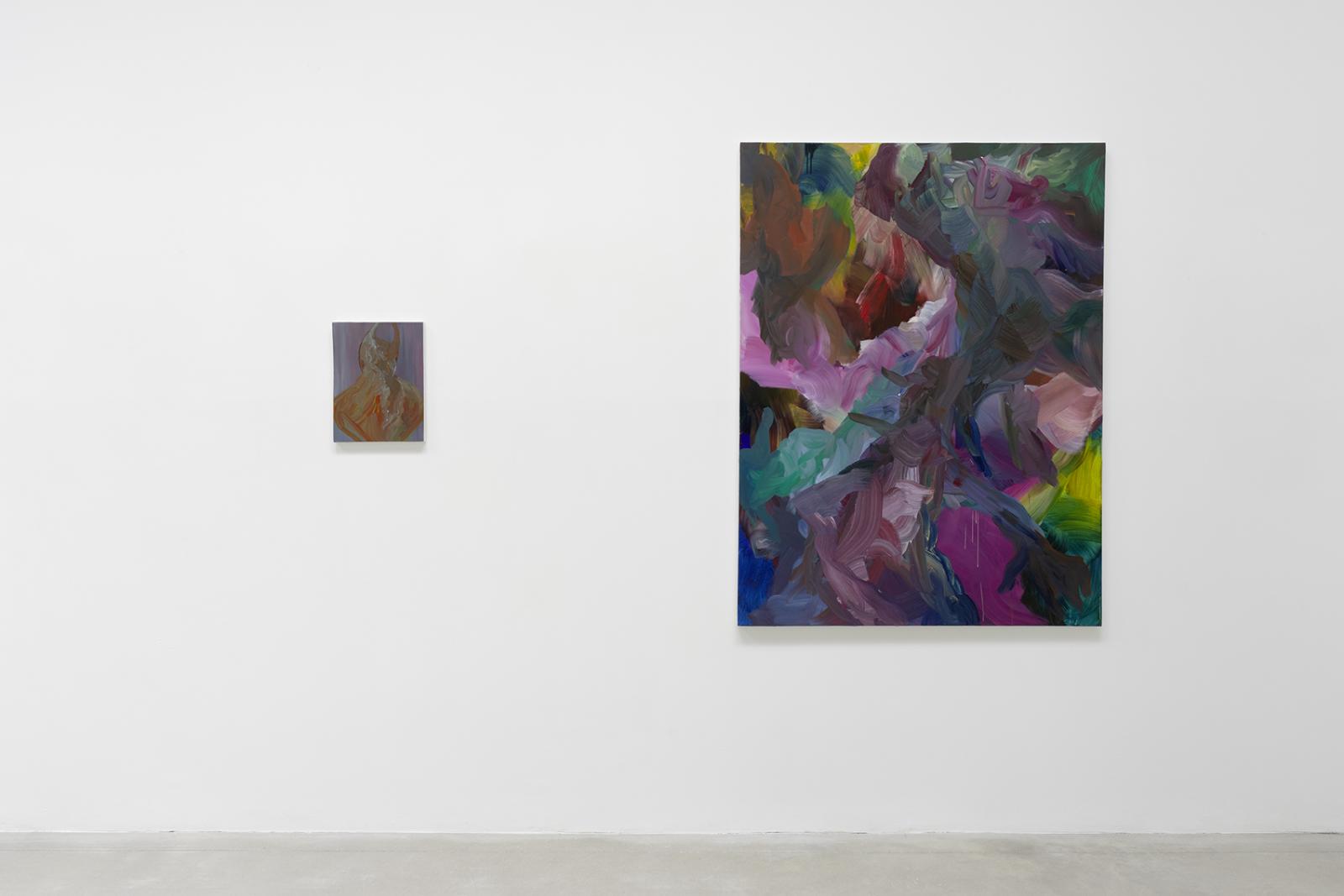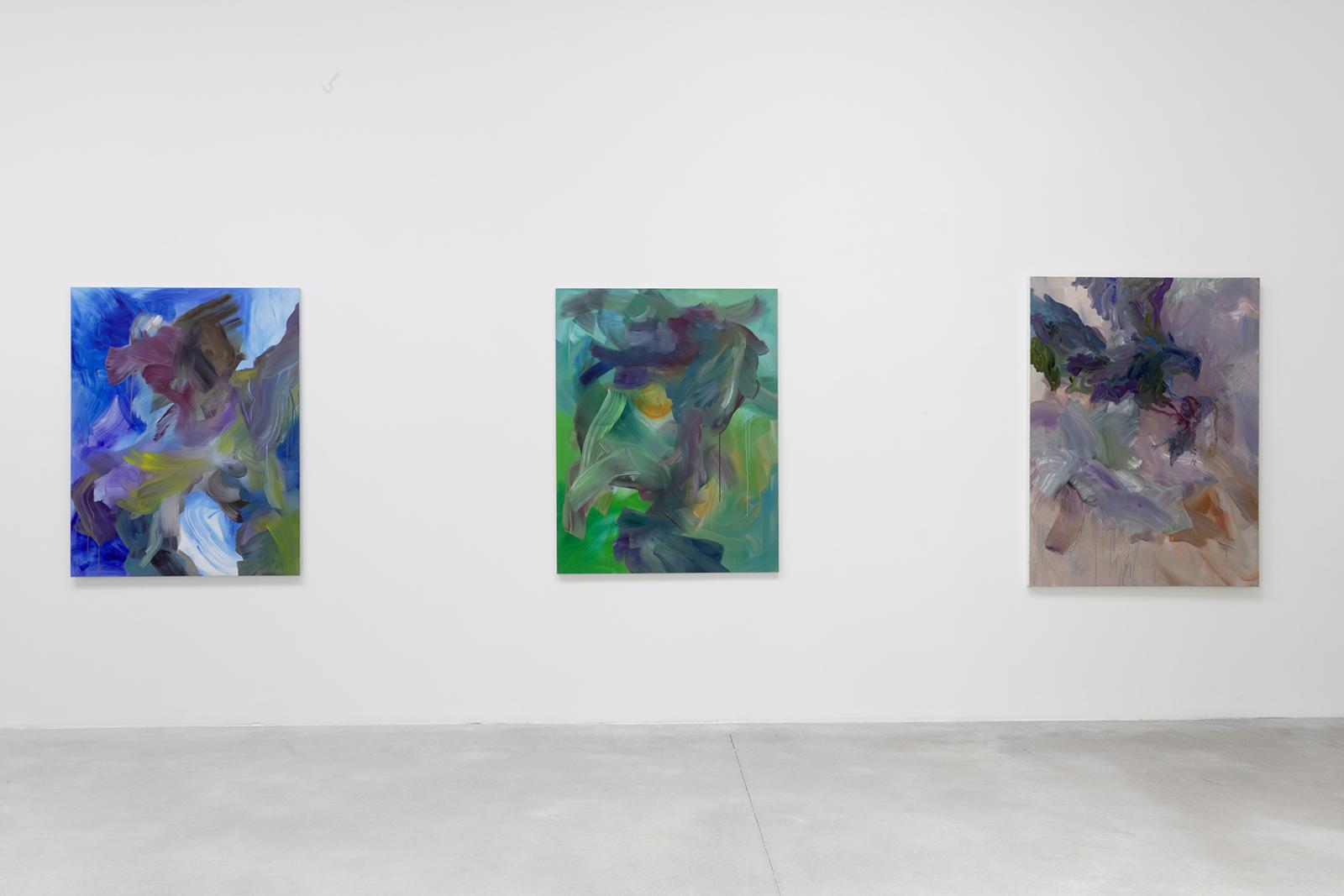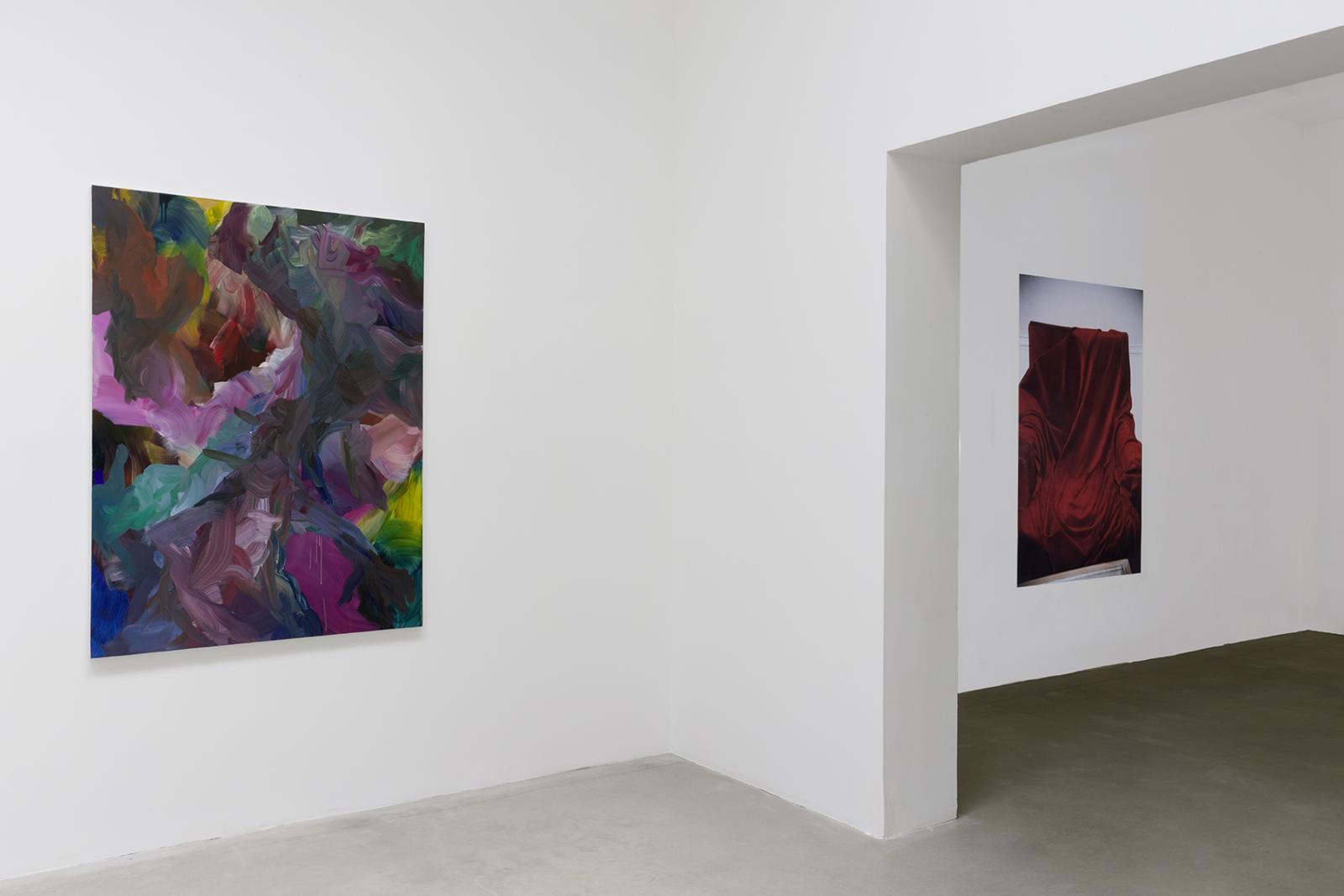Luc Ming Yan
L'Almanach 18 : Luc Ming Yan
The youngest artist in the exhibition, a recent graduate of ECAL, Luc Ming Yan picks up painting there where others have let it drop, at the midpoint of abstract expression and in a schoolboy way of taking barely sketched figures and animals into account.
A prudent virtuoso but a bulimic painter, Luc Ming Yan employs small and average formats as if the period no longer really encouraged all-encompassing excessiveness. Cunning artists rediscover today the delights of the A4 (for the more adventurous) or at least the B2 formats, in harmony with their galleries as big as broom cupboards. Luc Ming Yan is quick with the brush when he paints his abstract compositions of skillfully contrasting colors, carefully creating light effects rather than the sensations of depth that the great gestural painters did not hesitate to set in motion, to the great delight of illusionists.
He paints in Shanghai like he paints in Dijon, reclusive and quiet, rarely mixing with people, always working on his canvases whether they are abstract series, rather old-fashioned in that they are concerned only with painting and assert nothing about images, or small formats of childish monsters or expressive creatures reproduced with brushwork. Rat, frog, specifically identified birds (Gypaetus barbatus), these figures are placed against backgrounds without real depth, but which is nevertheless formed by shadows on the ground. The touch is tighter, the movement less sweeping, only an ear or a paw capture the light. The monsters are plastic figurines from television series, mangas, or cartoons: we can still sense the plastic basket in which these vestiges of childhood battles pile up and which we find in Sunday garage sales.
This slight shift in current strategies, which no longer tolerates the gigantism and duck canvas of their American German uncles, would be an abstract painting of average format, for which a canvas-mounted stretcher prepared in an old-fashioned way would become an index for today.
Luc Ming Yan’s painting exudes the scent of a successful art school, the fineness of colors, and the judicious placing of pictorial moments which impart it with this disabling and prospective timelessness because it is nonsensical.
— Franck Gautherot



